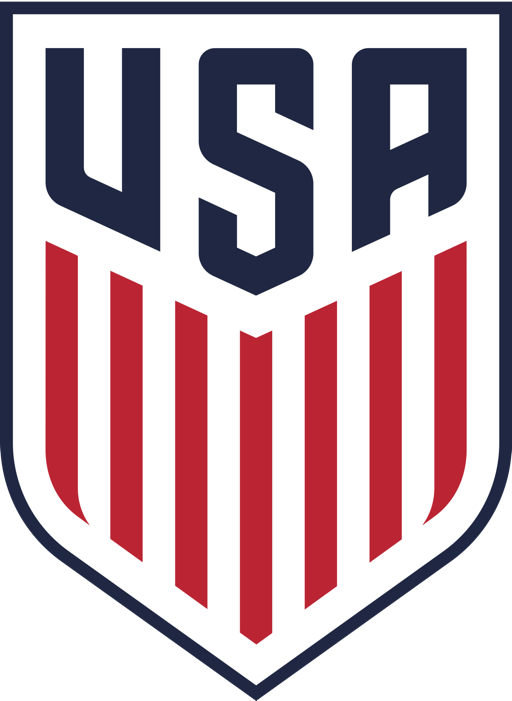Many athletes tend to forget how important hydration and nutrition are when the weather turns colder. The cold air can suppress feelings of thirst, leading athletes to not drink as much as they should during outdoor exercise in cold weather. The water or sports drink they were used to drinking in hot weather might not have the same rejuvenating effect if the liquid has turned very cold or freezing in its container.
However, the importance of correct food and drink for cold weather athletes can not be emphasized enough. For any coach, there are two important points to consider:
1) Because thirst is suppressed in cold weather, players might not realize that they are becoming dehydrated until it is too late.
2) Wearing additional layers and heavier clothing can cause athletes to sweat more and lose more body fluid during exercise.
The same rule applies to cold weather hydration as in warm weather: athletes should drink plenty of water and/or sports drink to replenish fluids and electrolytes lost during exercise. If your players find that these drinks are too cold, be sure to keep the fluids in insulated containers (like a Thermos) to keep the beverage at its room temperature.
As for the halftime and end-of-game snack, you will have to plan a little differently than in hot weather. First, be sure that the food you plan to bring will not freeze and/or harden in the cold. Again, insulated containers can help to avoid this problem. Then, think of what will be most satisfying to young players in the cold weather. Making a bunch of soup and bringing it in a Thermos, then pouring it into small cups for the players, is a good idea. Other enjoyable cold weather snacks could include hot chocolate, fruit snacks (again, careful to keep them insulated and warm), pretzels, and crackers.




